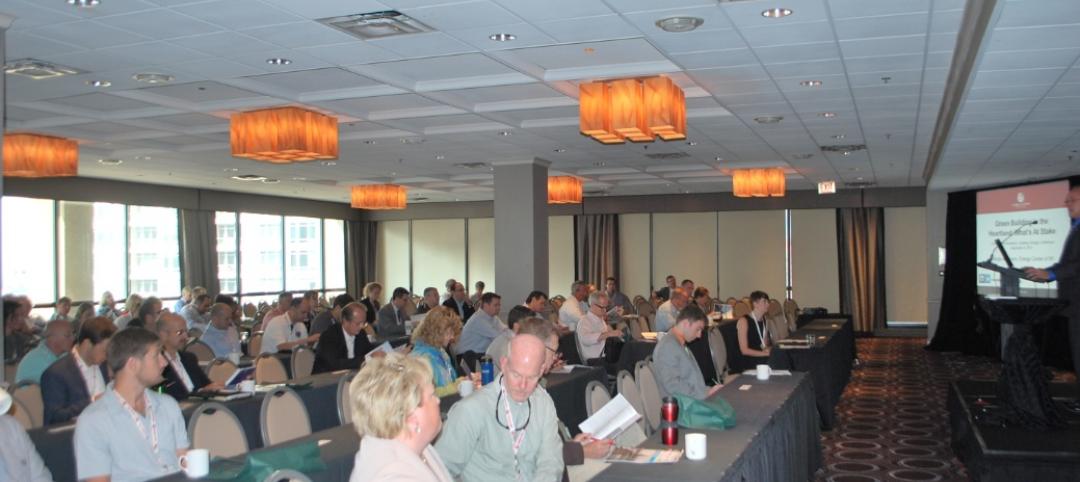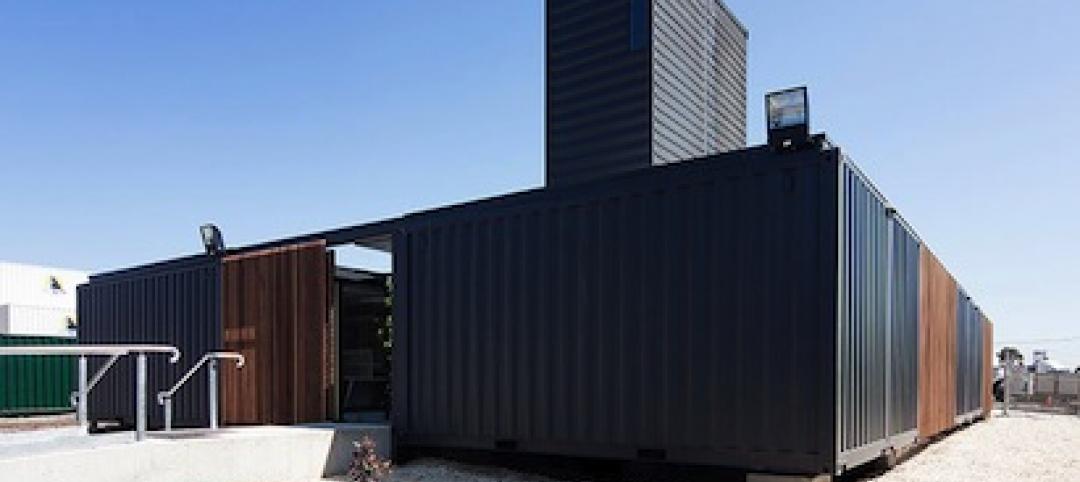Pending rules in the White House pipeline would position a re-elected President Barack Obama to outpace his predecessor with second-term rulemaking, according to a review of regulatory filings.
Obama has delayed until after the election decisions on regulating ozone levels and rearview cameras for cars. Rules still need to be written to carry out much of Obama’s signature first-term domestic policy initiatives, the health-care overhaul and the Dodd-Frank law regulating the financial industry.
Rulemaking in George W. Bush’s second term posed costs to the U.S. economy, including business compliance expenses, estimated at $30.4 billion or more, according to Office of Management and Budget data. Estimates for rules headed for completion in a second Obama administration already approach that figure.
“If Obama’s goal is to beat Bush in regulation, the math looks better for him than the math for Romney in delegates,” said James Gattuso, a senior research fellow in regulatory policy at the Washington-based Heritage Foundation, which says it promotes conservative political policies.
The ozone rule would cost $19 billion to $90 billion in 2020, according to the White House. The Obama administration puts the cost of rearview cameras at $2.7 billion. A Bloomberg Government study in July found that four provisions of the Dodd- Frank law may cost banks and other financial services companies $22 billion, with hundreds of rules yet to be written.
“There would have to be a dramatic change in regulation for him not to exceed” Bush’s rulemaking history, Gattuso said.
Benefits Overlooked
Obama’s critics talk about the cost of regulations without factoring in the benefits, said Kenneth Baer, associate OMB director for communications and strategic planning. Rules approved during the first 32 months of Obama’s presidency will cost an estimated $19.9 billion while yielding net benefits of more than $91 billion in monetary savings and deaths and injuries avoided, according to OMB figures.
“You have to focus on what you’re buying,” said Michael Livermore, executive director of the Institute for Policy Integrity at the New York University School of Law. “If you just look at the price, you don’t know what you’re getting. Are these wise investments? That’s the question.”
An example of a regulation that is paying off, according to Livermore, is the Environmental Protection Agency’s mercury and air toxics rule, which caps pollutants emitted by power plants. It will cost utilities about $9.6 billion per year and is projected to yield up to $90 billion in benefits in terms of saved lives, reduced illness and jobs created, according to the EPA.
Regulation Resistant
As with many rules in the environmental and financial services sectors, the expense and benefits are unevenly distributed, which tends to make those saddled with costs particularly resistant to regulation, Livermore said.
Power companies “pay the costs and don’t receive the benefits,” he said. “There’s also not as powerful a lobby for ’lives saved.’”
The backlog of rulemaking plays into the attacks on Obama by Mitt Romney and other Republican presidential contenders, who say that regulatory burdens on business are slowing down economic recovery.
In a campaign position paper, Romney describes Obama’s approach to regulation as “unprecedented, unpredictable and unproductive” and he pledged to issue an executive order freeing states from complying with rules for the health care initiative and to scale back the Dodd-Frank regulatory regime.
Republican candidates Rick Santorum and Newt Gingrich have made similar statements.
Supreme Court Hearing
The Supreme Court could do some of the Republican candidates’ work for them if it strikes down the health care law, the Affordable Care Act. The court is slated to hear a challenge to the law beginning March 26.
Even without sweeping initiatives like Dodd-Frank and the health care law, regulatory activity is likely to increase in a second Obama term, said Anne Joseph O’Connell, an administrative law professor at the University of California, Berkeley, law school.
Presidents try to take advantage of a honeymoon period with Congress early in a first term and concentrate on legislative achievements, she said. Lame-duck administrations tend to rely more on regulations to carry out their priorities, particularly in their final year in office, she said.
In addition, “it takes a long time to get their people in and regulations take time,” O’Connell said.
Second Bush Term
During George W. Bush’s second term, OMB reviewed 171 “economically significant” rules, up from 135 in his first term, according to OMB data. The estimated cost of first term rules, $21.6 billion, was about $9 billion less than the second term total.
While Bill Clinton issued fewer rules in his second term than his first, they were more costly on average. The total cost of his second term regulation is estimated at $24.5 billion for 144 significant rules, compared with $22.9 billion for 154 significant regulations in the first Clinton term. The figures are in 2001 dollars.
Rulemaking rarely is as one-sided toward costs as critics sometimes make it out to be, O’Connell said.
“The system is set up to make sure that agencies balance benefits and costs. The only way a rule is going to see very high costs is with even higher benefits,” she said. BD+C
Related Stories
| Jan 23, 2014
Adrian Smith + Gordon Gill-designed Federation of Korean Industries tower opens in Seoul [slideshow]
The 50-story tower features a unique, angled building-integrated photovoltaic (BIPV) exterior designed to maximize the amount of energy collected.
| Jan 23, 2014
Think you can recognize a metal building from the outside?
What looks like brick, stucco or wood on the outside could actually be a metal building. Metal is no longer easily detectable. It’s gotten sneakier visually. And a great example of that is the Madison Square retail center in Norman, Okla.
| Jan 23, 2014
3 fatal flaws your architecture firm has right now
After visiting over 200 architecture firms, I was aghast that so many of them were committing these costly sins of mismanagement and miscommunication, without even realizing it. If I can stop even one more firm from shooting its own foot, then this is worth it.
| Jan 22, 2014
SOM-designed University Center uses 'sky quads,' stacked staircases to promote chance encounters
The New School's vertical campus in Manhattan houses multiple functions, including labs, design studios, a library, and student residences, in a 16-story building.
| Jan 22, 2014
Architecture Billings Index sees first back-to-back decline since mid-2012
The AIA's Architecture Billings Index dipped for the second consecutive month in December—the first consecutive months of contraction since May and June of 2012.
| Jan 21, 2014
Comcast to build second Philadelphia skyscraper, with Norman Foster-designed tower [slideshow]
The British architect last week unveiled his scheme for the $1.2 billion, 59-story Comcast Innovation and Technology Center, planned adjacent to the Comcast Center.
| Jan 21, 2014
2013: The year of the super-tall skyscraper
Last year was the second-busiest ever in terms of 200-meter-plus building completions, with 73 towers, according to a report by the Council on Tall Buildings and Urban Habitat.
| Jan 20, 2014
BUILDINGChicago/Greening the Heartland Conference 'call for 2014 educational proposals' is now open
The conference and exposition will take place September 29-October 1, 2014, at North America’s largest LEED Gold-certified hotel, the Holiday Inn Chicago Mart Plaza. Deadline for proposals is February 28, 2014.
| Jan 17, 2014
Crystal Bridges Museum will move Frank Lloyd Wright house from New Jersey to Arkansas
Numerous architectural experts have concluded that moving the Bachman Wilson House offers its best hope for long-term survival.
| Jan 17, 2014
Australian project transforms shipping containers into serene workplace
Australian firm Royal Wolf has put its money where its mouth is by creating an office facility out of shipping containers at its depot and fabrication center in Sunshine, Victoria.
















